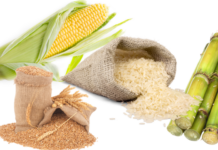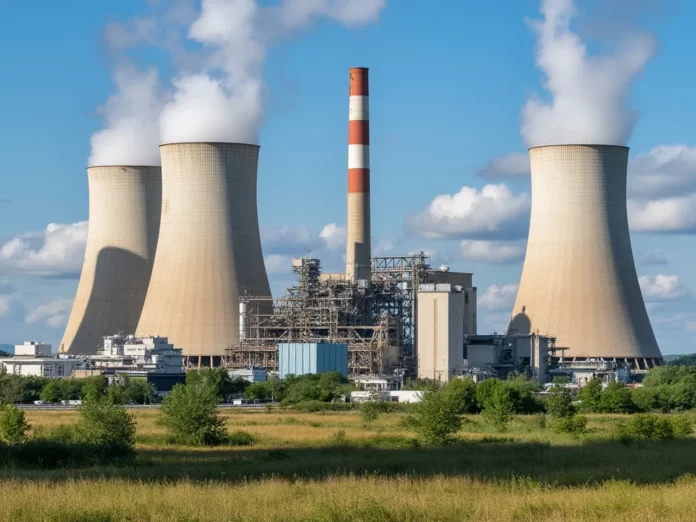Power generation in Pakistan increased by 8% year-on-year (YoY) in August 2025, reaching 14,218 GWh, compared to 13,180 GWh in the same month last year. This rise was primarily fueled by higher electricity production from imported coal, alongside a modest increase in hydel output.
On a monthly basis, power generation grew by 1% from 14,123 GWh in July 2025. For the first two months of the current financial year (FY26), total generation was up by 1%, amounting to 28,341 GWh, compared to 28,060 GWh in the same period of the previous fiscal year.
In August, power generation from imported coal surged by 68%, while local coal production rose by 10%. Hydel output increased by 3%, RLNG-based generation grew by 4%, and local gas saw a 9% increase. Wind and solar generation also saw growth, rising by 29% and 6%, respectively. However, nuclear generation fell by 2%.
The total cost of electricity generation increased by 3%, averaging Rs7.7 per kWh in August 2025, compared with Rs7.5 per kWh a year earlier. The cost of electricity generation from imported coal decreased by 48%, while costs from local coal and RLNG increased by 11% and 16%, respectively. The cost of local coal-based generation decreased by 2% compared to July 2025.
Hydel power remained the largest contributor to the generation mix in August, accounting for 38.8% of the total, followed by RLNG at 15.3% and nuclear at 15.1%. Wind and solar contributed 3.6% and 0.7%, respectively.
In the first two months of FY26, hydel power made up 39.5% of total generation, with local coal at 10.4%, imported coal at 8%, RLNG at 16.3%, and nuclear at 12.5%.























